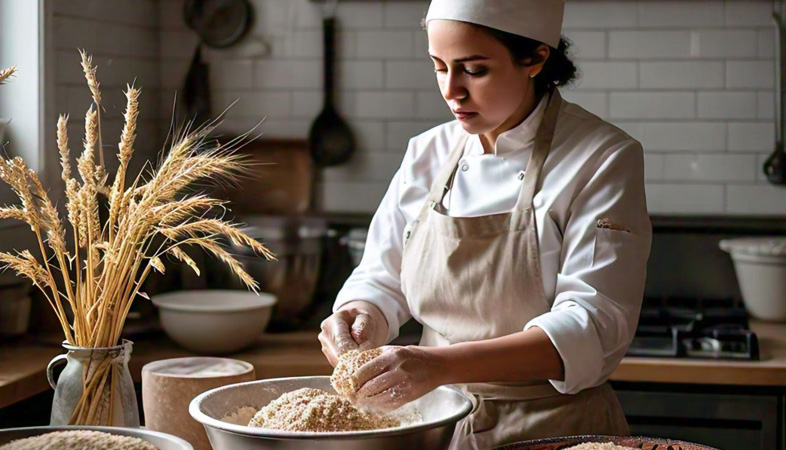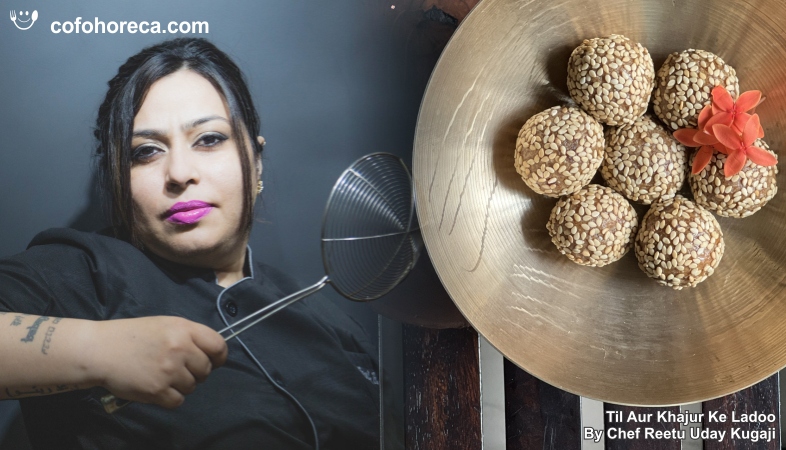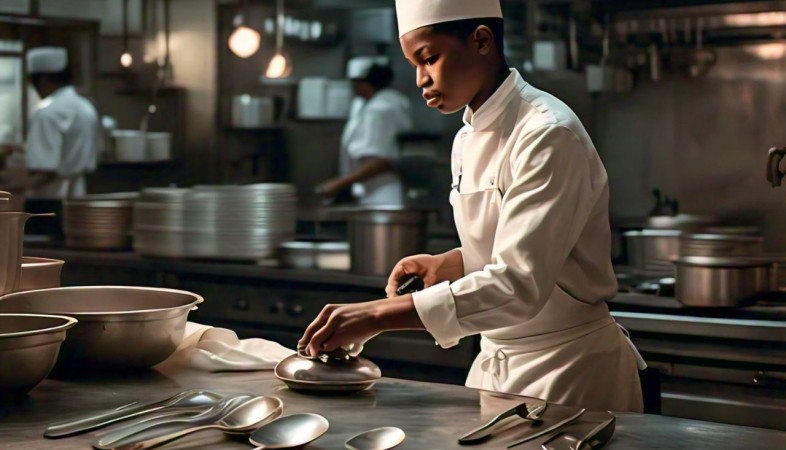SHARE
Commercials
More Posts
Jun 14, 2025
Creating Feel-Good Interiors for Hotels
Mar 13, 2025
Til Aur Khajur Ke Ladoo - By Chef Reetu Uday Kugaji
Jun 14, 2025
Creating Feel-Good Interiors for Hotels
Mar 13, 2025
.png)


























